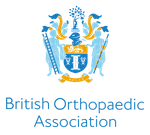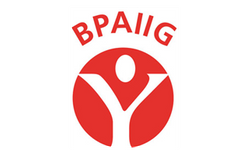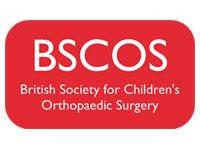BOAST - The Management of Children with Acute Musculoskeletal Infection



BOAST - The Management of Children with Acute Musculoskeletal Infection 2022
Background and justification
Musculoskeletal infection in children can be life threatening and lead to long-term disability. It necessitates prompt diagnosis and timely management. There needs to be an awareness of the spectrum of disease, which includes septic arthritis, osteomyelitis, discitis and pyomyositis. The presence of cellulitis, in particular, may indicate infection of deeper structures. Defined pathways with appropriate expertise and infrastructure are therefore required to ensure optimum management and minimise long-term consequences on growth and child development.
Service Delivery
1. Children should be treated at their local hospital provided clinicians are competent to manage the case.
2. There should be agreed pathways in which specialist centres support local hospitals.
3 Complex cases should be transferred to a specialist centre within 24 hours of referral.
Assessment, Investigation and Diagnosis
4. All children with musculoskeletal infection should receive inpatient care from orthopaedic and paediatric specialists.
5. Examination of the extremities, spine and a full systemic assessment to identify potential sources of infection should be performed and documented.
6. Essential haematological investigations include, in order, FBC, CRP, blood cultures*, ESR. Plain radiographs of the affected bone or joint are required. No single investigation algorithm is completely reliable: diagnosis should be considered in conjunction with history and examination.
7. MRI is the preferred second line modality, ideally within 48 hours unless the clinical condition mandates more urgent imaging. Ultrasound should be performed within the same time frame.
Treatment
8. Empirical intravenous antibiotics should be started immediately in any child who meets the high-risk sepsis criteria**.
9. If the child is stable and surgery is planned, antibiotics may be delayed to allow deep tissue sampling.
10. Septic arthritis requires surgical drainage as soon as possible, ideally within 24 hours of diagnosis.
11. The first line management of acute osteomyelitis, pyomyositis and discitis should be intravenous antibiotics. Surgery should be considered where osteomyelitis is associated with abscess formation.
12. Improving trends in temperature, CRP, ESR and WBC in conjunction with clinical examination should be used to guide further interventions. This includes the duration of intravenous therapy and conversion to oral antibiotics and overall length of antibiotic course.
13. In septic arthritis, osteomyelitis, discitis and, pyomyositis, peripherally inserted central venous access should be considered at the earliest opportunity and outpatient IV antibiotics arranged for those who cannot be converted to oral therapy.
14. Bone and joint infection should be followed up clinically and radiographically for a minimum of 12 months by a clinician able to identify long-term complications.
* The minimum requirement for blood culture is 2ml.
** <5 years: www.nice.org.uk/guidance/ng51/resources/algorithm-for-managing-suspected-sepsis-in-children-aged-under-5-years-in-anacute-hospital-setting-91853485527.
5-11 years: www.nice.org.uk/guidance/ng51/resources/algorithm-for-managing-suspected-sepsis-in-children-aged-511-years-in-anacute-hospital-setting-91853485525.
12-17 years: www.nice.org.uk/guidance/ng51/resources/algorithm-for-managing-suspected-sepsis-in-children-and-young-peopleaged-1217-years-in-an-acute-hospital-setting-2551485713.
